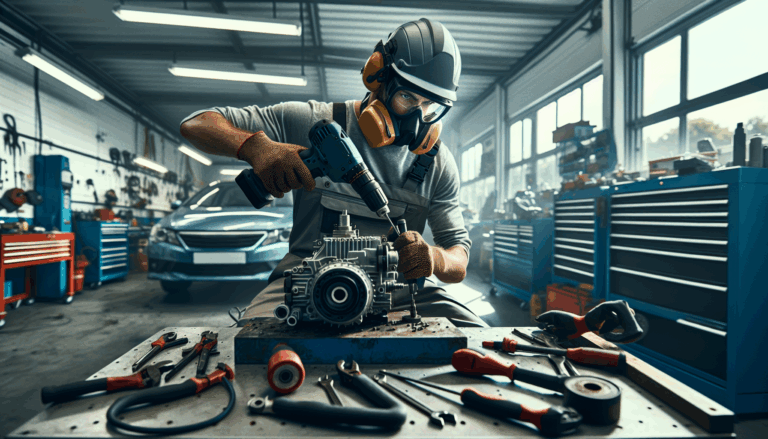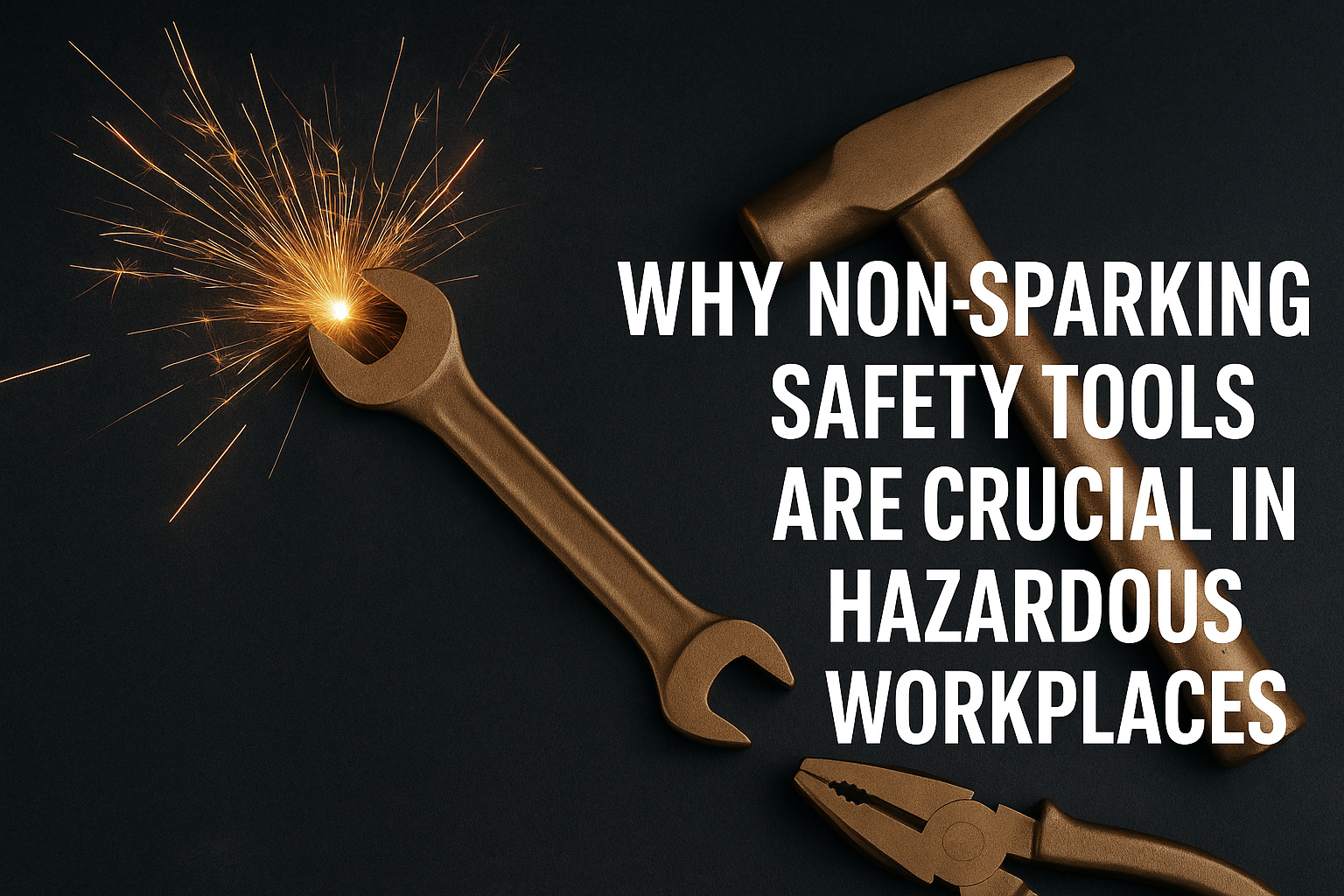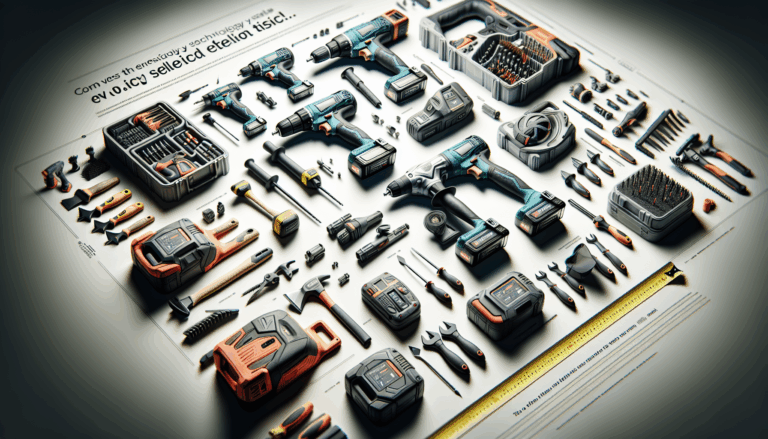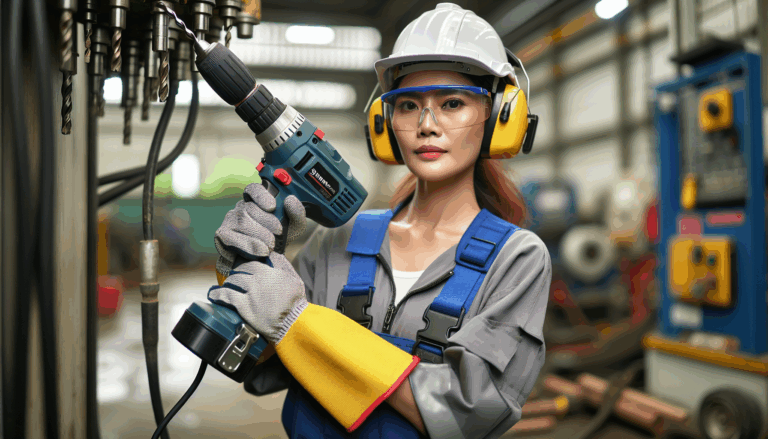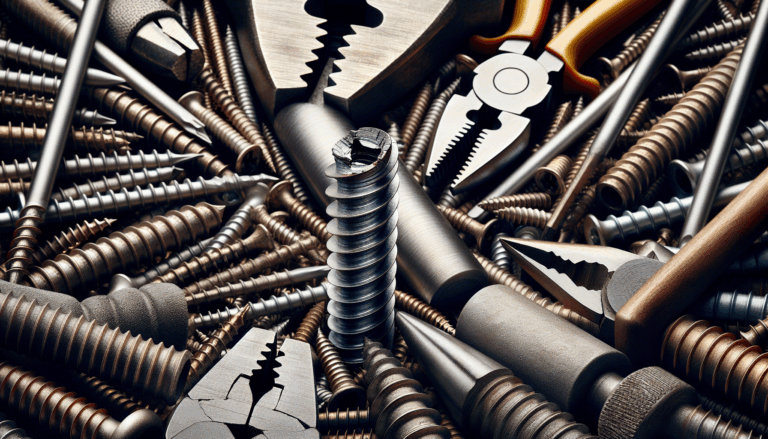Why is it important to practice safety procedures and proper maintenance when using power tools?
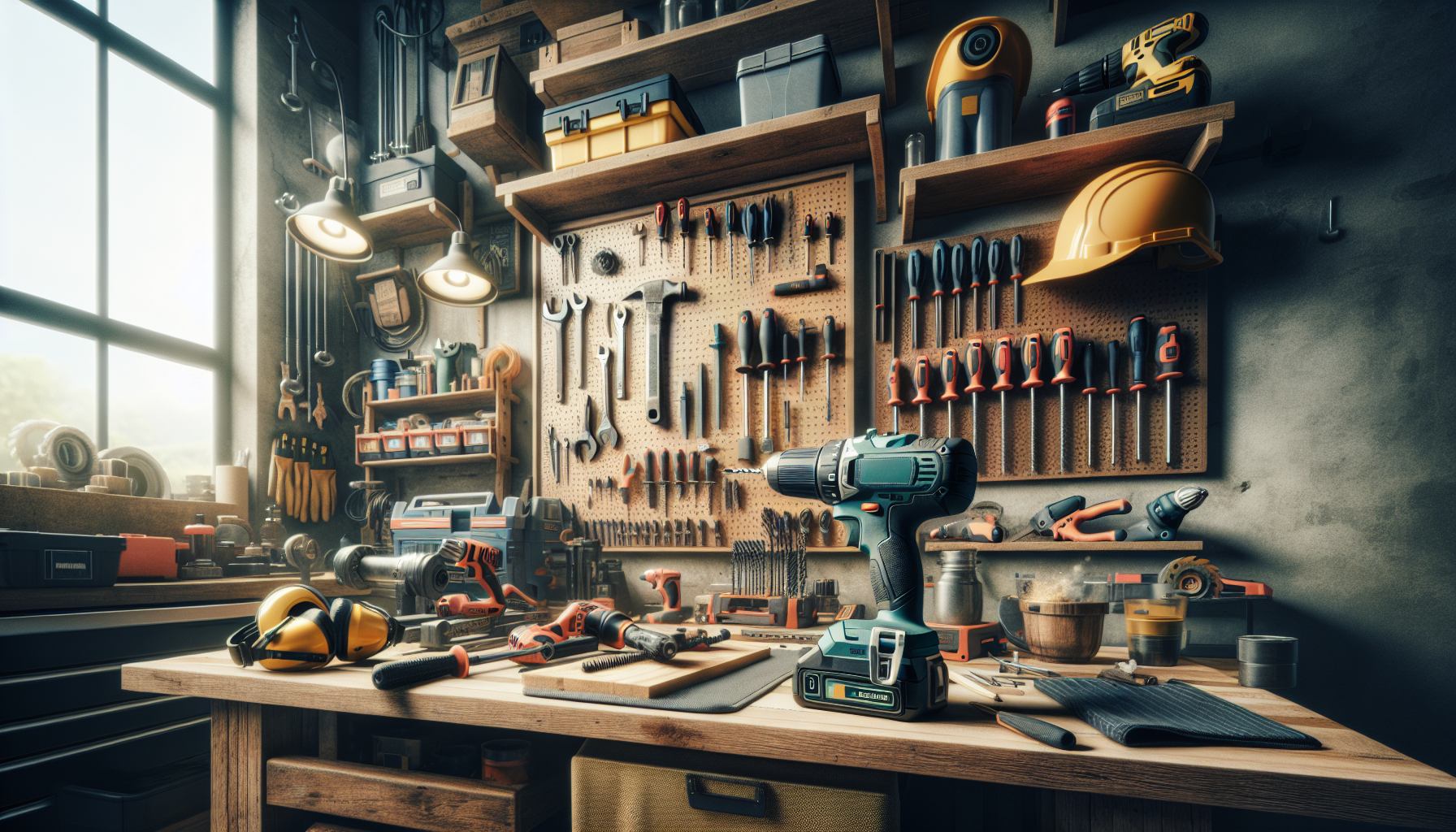
Essential Safety Practices for Power Tools
When working with power tools, adhering to essential safety practices is critical to preventing accidents and injuries. Here are key guidelines:
- Protective Gear: Always wear appropriate protective equipment, including safety goggles to protect your eyes from debris, ear protection in noisy environments, and gloves to safeguard your hands. Specific gear may vary based on the tool and task; for instance, when using a circular saw, wearing cut-resistant gloves is advisable [Source: One Power Tool].
- Understanding Manuals: Familiarize yourself with the user manual of each power tool before use. Manuals contain crucial information on tool operation, maintenance, and safety protocols. They also provide insights into the intended use of the tool, which helps in preventing misuse [Source: One Power Tool].
- Checking Tools Before Use: Prior to using any power tool, perform a thorough inspection. Look for any signs of wear or damage, ensure that safety guards are intact, and check that blades and bits are secure and appropriate for the task [Source: One Power Tool]. A well-maintained tool not only performs better but also significantly lowers the risk of accidents.
- Organizing the Workspace: Maintaining an organized and clutter-free workspace is essential for safety. Tools should be stored properly when not in use, and work areas should be free from hazards such as loose cords, spills, or obstructive materials. Consider using toolboxes or pegboards to keep tools accessible yet secure [Source: One Power Tool].
- Staying Focused: Avoid distractions while using power tools. This includes not engaging in conversations or allowing yourself to become sidetracked by phone notifications. Staying focused ensures that you remain aware of your surroundings and maintain control over the tool [Source: One Power Tool].
Implementing these safety practices will lead to a more secure and efficient working environment with power tools. For a deeper dive into specific power tools and their unique safety features, check out our other articles, such as What Home Improvement Projects Can Be Accomplished with Power Tools and Safety Tips for Using an Electric Hammer Drill.
Best Practices for Maintaining Power Tools
Regular maintenance of power tools is essential to ensure their longevity and safe operation. Here are some best practices to consider:
- Cleaning Your Power Tools: Regular cleaning is essential to maintain the performance and longevity of power tools. After each use, wipe down the exterior of the tool with a cloth to remove dust and debris. For stubborn dirt, use a soft brush to dislodge particles from vents and moving parts [Source: Family Handyman].
- Checking Power Cords: Inspect power cords regularly for signs of wear and tear. Any frays, cracks, or exposed wires can lead to safety hazards, including electric shocks or tool malfunction. Always unplug tools before inspecting cords [Source: The Balance].
- Blade Maintenance: Sharp blades are crucial for efficiency and safety. For saw blades, ensure they are free from pitch and resin build-up. You can use a specialized blade cleaner or a mixture of vinegar and baking soda for cleaning [Source: Wood Magazine].
- Battery Care: Proper battery maintenance can significantly extend the life of your cordless tools. Always follow manufacturer guidelines for charging cycles; overcharging can reduce battery capacity over time [Source: Pedal Magazine].
By adhering to these best practices, you can ensure that your power tools remain effective and safe for use. For more detailed insights, check out related articles on power tool usage here.
Katherine Hayes: Advocate for Safe Tool Use
Katherine Hayes has cultivated a deep passion for power tools, seeing them not just as instruments for construction but as catalysts for creativity and empowerment. Her journey began from a basic curiosity, evolving into a commitment to share her knowledge and inspire others to embrace the world of DIY projects. Through her blog, she emphasizes the importance of understanding and safely using these tools, reflecting on how they can transform a simple home improvement task into a fulfilling adventure.
Her insights delve into the practical aspects of tool usage, such as the necessity of choosing reliable brands and understanding various features of tools like electric hand drills, which she discusses in detail in her article on their essential features (Source: One Power Tool). She also addresses safety concerns, sharing critical strategies for safe tool usage, as highlighted in her piece about safety tips for using an electric hammer drill (Source: One Power Tool).
Katherine’s commitment does not end at tool operation; she also explores the broader implications of DIY culture, encouraging others to take on home improvement projects, which she believes can significantly improve their living spaces and personal satisfaction. Her blog serves not only as a repository of practical advice but also as a community hub for fellow enthusiasts to share tips, projects, and experiences, reinforcing the idea that everyone can benefit from harnessing the power of tools (Source: One Power Tool Blog).
Sources
- The Balance – How to Care for Power Tools
- Family Handyman – How to Clean Your Tools
- Pedal Magazine – Battery Maintenance for Power Tools
- One Power Tool Blog – Blog
- One Power Tool – How Important is Safety When Using Power Tools
- One Power Tool – What are Non-Sparking Tools and Why are They Important for Safety When Using Power Tools
- One Power Tool – Safety Tips for Using an Electric Hammer Drill
- One Power Tool – What are the Features of a Good Electric Hand Drill
- One Power Tool – What Home Improvement Projects Can Be Accomplished with Power Tools
- Wood Magazine – Cleaning Your Saw Blades


